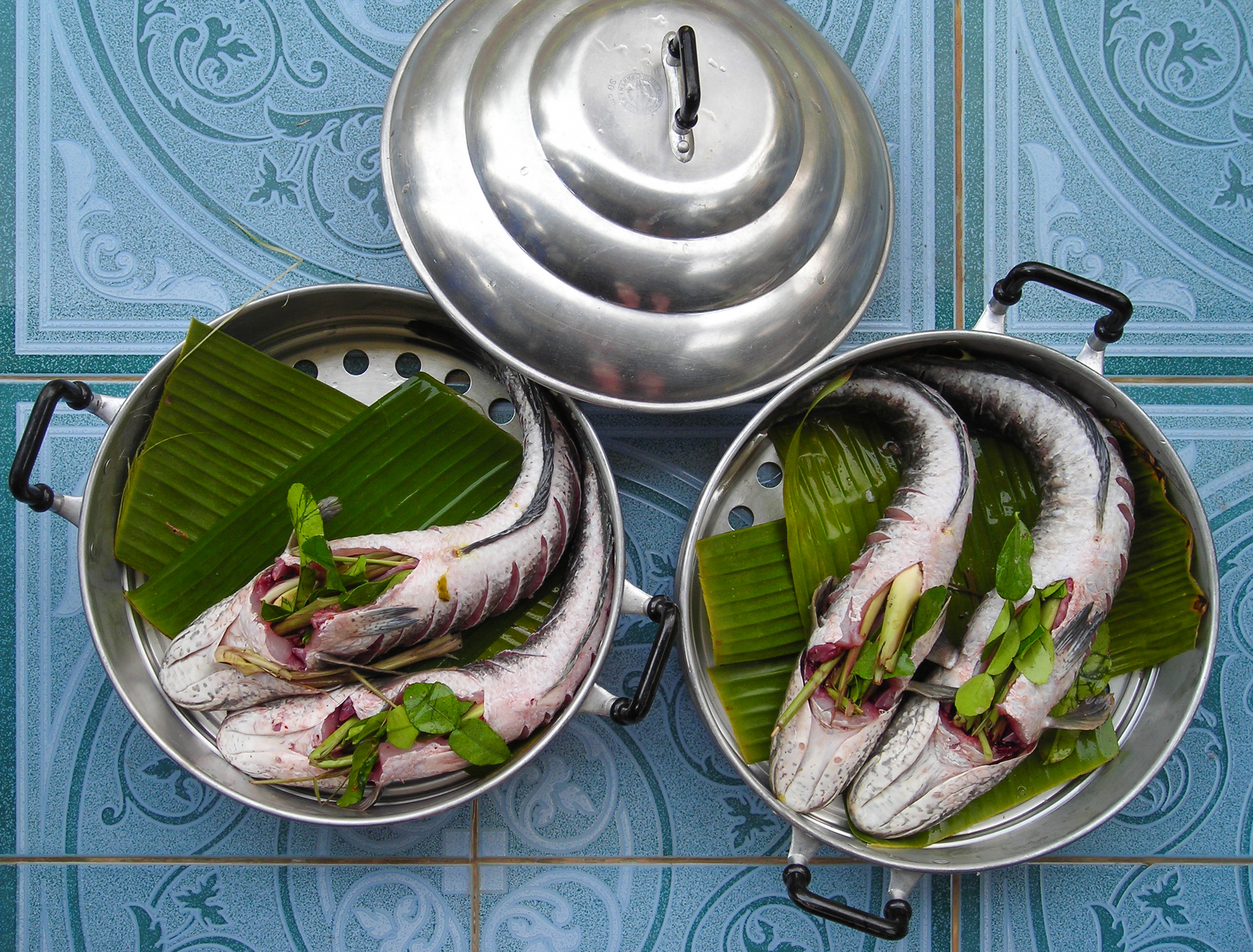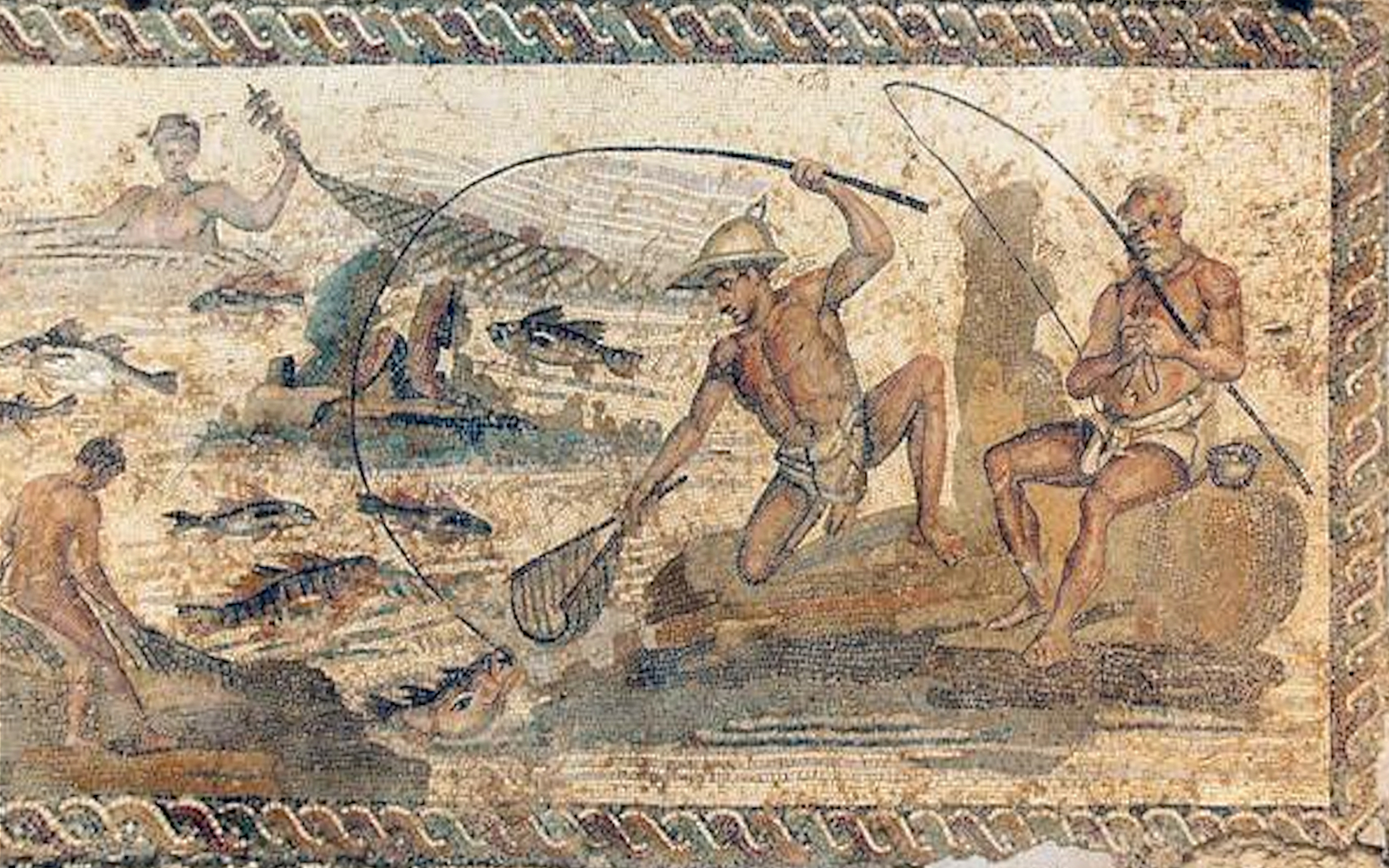|
Scorpidinae
The Scorpidinae, commonly known as halfmoons, knifefishes, and sweeps, are a subfamily of the family Kyphosidae, the sea chubs, a family of marine fish in the order Perciformes. The Scorpidinae are distributed throughout the Pacific and east Indian Oceans, with species occurring in the waters of North America, South America, Asia, Australia, and numerous islands. Most inhabit the continental shelf in shallow rock and kelp reefs and deeper offshore reefs, whilst others are found well offshore in a pelagic setting. Most of the Scorpidinae are carnivorous, taking a variety of small crustaceans, although some are partly herbivorous. A number of the larger species are fished commercially and recreationally, and are considered good table fish. Classification Fishbase lists 12 species in 5 genera under the subfamily Scorpidinae, the genera are set out below * ''Bathystethus'' Gill, 1893 * ''Labracoglossa'' Peters, 1866 * '' Medialuna'' Jordan & Fesler, 1893 * '' Neoscorpis'' J.L ... [...More Info...] [...Related Items...] OR: [Wikipedia] [Google] [Baidu] |
Blue Maomao
The blue maomao (''Scorpis violacea''), also known as the violet sweep, blue sweep or hardbelly, is a species of marine ray-finned fish, a member of the subfamily Scorpidinae, part of the sea chub family Kyphosidae. It is native to the southwestern Pacific Ocean from Australia to New Zealand and the Kermadec Islands, where it can be found in inshore waters from the surface to depths of . This fish can reach a length of . It is commercially important and is also a popular game fish. Description The blue maomao has a laterally, compressed and relatively deep body with a noticeably forked tail. They have protrusible jaws, equipped with a number of rows of small, closely set teeth, which are used to capture larger zooplankton. The adults are deep blue dorsally and pale ventrally, at night they change colour to a mottled dark green. The juveniles are grey with a yellow anal fin. They can grow to a fork length of . The dorsal fin has 9 spines and 27 soft rays and the anal fin has ... [...More Info...] [...Related Items...] OR: [Wikipedia] [Google] [Baidu] |
Sea Chubs
The sea chubs, also known as rudderfish and pilot fish and in Hawaiian language, Hawaiian as ''enenue'' or ''nenue'', are a family (biology), family, Kyphosidae, (from Greek, ''kyphos'' = hump) of fishes in the order Perciformes native to the Atlantic, Indian Ocean, Indian and Pacific Oceans usually close to shore in marine waters. Subfamilies and genera The four subfamilies with 12 genera in this family are: * Girellinae Theodore Nicholas Gill, Gill, 1862 (nibblers) ** Genus ''Girella'' John Edward Gray, Gray, 1835 ** Genus ''Graus (fish)'' Rodolfo Amando Philippi, Philippi, 1887 * Kyphosinae Jordan, 1887 (rudderfishes) ** Genus ''Kyphosus'' Bernard Germain de Lacépède, Lacepède, 1801 * Microcanthinae Pieter Bleeker, Bleeker, 1876 (microanthines) ** Genus ''Atypichthys'' Albert Günther, Günther, 1862 ** Genus ''Microcanthus'' William Swainson, Swainson, 1839 ** Genus ''Neatypus'' Edgar Ravenswood Waite, Waite, 1905 ** Genus ''Tilodon'' Alexander Thominot, Thominot, 1881 * S ... [...More Info...] [...Related Items...] OR: [Wikipedia] [Google] [Baidu] |
Labracoglossa
''Labracoglossa'' is a genus of ray-finned fish native to the western Pacific Ocean The Pacific Ocean is the largest and deepest of Earth's five Borders of the oceans, oceanic divisions. It extends from the Arctic Ocean in the north to the Southern Ocean, or, depending on the definition, to Antarctica in the south, and is .... Species There are currently two recognized species in this genus: * '' Labracoglossa argenteiventris'' W. K. H. Peters, 1866 * '' Labracoglossa nitida'' McCulloch & Waite, 1916 (Blue knifefish) References Scorpidinae Taxa named by Wilhelm Peters Marine fish genera {{Centrarchiformes-stub ... [...More Info...] [...Related Items...] OR: [Wikipedia] [Google] [Baidu] |
Bathystethus
''Bathystethus'' is a genus of ray-finned fish native to the Pacific Ocean. Species There are currently two recognized species in this genus: * '' Bathystethus cultratus'' (Bloch Bloch is a surname of German origin. Notable people with this surname include: A *Adele Bloch-Bauer (1881–1925), Austrian entrepreneur *Albert Bloch (1882–1961), American painter *Alexandre Bloch (1857–1919), French painter *Alfred Bloch ( ... & J. G. Schneider, 1801) (Grey knifefish) * '' Bathystethus orientale'' Regan, 1913 (Silver knifefish) References Scorpidinae {{Centrarchiformes-stub ... [...More Info...] [...Related Items...] OR: [Wikipedia] [Google] [Baidu] |
Pelagic
The pelagic zone consists of the water column of the open ocean and can be further divided into regions by depth. The word ''pelagic'' is derived . The pelagic zone can be thought of as an imaginary cylinder or water column between the surface of the sea and the bottom. Conditions in the water column change with depth: pressure increases; temperature and light decrease; salinity, oxygen, micronutrients (such as iron, magnesium and calcium) all change. In a manner analogous to stratification in the Earth's atmosphere, the water column can be divided vertically into up to five different layers (illustrated in the diagram), with the number of layers depending on the depth of the water. Marine life is affected by bathymetry (underwater topography) such as the seafloor, shoreline, or a submarine seamount, as well as by proximity to the boundary between the ocean and the atmosphere at the ocean surface, which brings light for photosynthesis, predation from above, and wind st ... [...More Info...] [...Related Items...] OR: [Wikipedia] [Google] [Baidu] |
David Starr Jordan
David Starr Jordan (January 19, 1851 – September 19, 1931) was the founding president of Stanford University, serving from 1891 to 1913. He was an ichthyologist during his research career. Prior to serving as president of Stanford University, he served as president of Indiana University Bloomington, Indiana University from 1885 to 1891. Jordan was also a strong supporter of eugenics, and his published views expressed a fear of "race-degeneration", asserting that cattle and human beings are "governed by the same laws of selection". He was an antimilitarist since he believed that war killed off the best members of the gene pool, and he initially opposed American involvement in World War I. Early life and education Jordan was born in Gainesville (town), New York, Gainesville, New York, and grew up on a farm in upstate New York. His parents made an unorthodox decision to educate him at a local girls' high school. His middle name, Starr, does not appear in early census records, ... [...More Info...] [...Related Items...] OR: [Wikipedia] [Google] [Baidu] |
Medialuna (fish)
''Medialuna'' is a genus of sea chubs native to the eastern Pacific Ocean The Pacific Ocean is the largest and deepest of Earth's five Borders of the oceans, oceanic divisions. It extends from the Arctic Ocean in the north to the Southern Ocean, or, depending on the definition, to Antarctica in the south, and is .... Species There are currently two recognized species in this genus: * '' Medialuna ancietae'' Chirichigno F., 1987 * '' Medialuna californiensis'' ( Steindachner, 1876) (Halfmoon) References Kyphosidae * Ray-finned fish genera Taxa named by David Starr Jordan Taxa named by Bert Fesler {{Perciformes-stub ... [...More Info...] [...Related Items...] OR: [Wikipedia] [Google] [Baidu] |
Wilhelm Peters
Wilhelm Karl Hartwich (or Hartwig) Peters (22 April 1815 – 20 April 1883) was a German natural history, naturalist and explorer. He was assistant to the anatomist Johannes Peter Müller and later became curator of the Natural History Museum, Berlin, Berlin Zoological Museum. Encouraged by Müller and the explorer Alexander von Humboldt, Peters travelled to Mozambique via Angola in September 1842, exploring the coastal region and the Zambesi River. He returned to Berlin with an enormous collection of natural history specimens, which he then described in ''Naturwissenschaftliche Reise nach Mossambique... in den Jahren 1842 bis 1848 ausgeführt'' (1852–1882). The work was comprehensive in its coverage, dealing with mammals, birds, reptiles, amphibians, river fish, insects and botany. He replaced Martin Lichtenstein as curator of the museum in 1858, and in the same year he was elected a foreign member of the Royal Swedish Academy of Sciences. In a few years, he greatly increased ... [...More Info...] [...Related Items...] OR: [Wikipedia] [Google] [Baidu] |
Theodore Nicholas Gill
Theodore Nicholas Gill (March 21, 1837 – September 25, 1914) was an American ichthyologist, mammalogist, malacologist, and librarian. Career Born and educated in New York City under private tutors, Gill early showed interest in natural history. He was associated with J. Carson Brevoort in the arrangement of the latter's entomological and ichthyological collections before going to Washington, DC, in 1863 to work at the Smithsonian Institution. He catalogued mammals, fishes, and mollusks most particularly, although he maintained proficiency in other orders of animals. He was librarian at the Smithsonian and also senior assistant to the Library of Congress. He was elected as a member of the American Philosophical Society in 1867. Gill was professor of zoology at George Washington University. He was also a member of the Megatherium Club at the Smithsonian Institution in Washington, DC. Fellow members frequently mocked him for his vanity. He was president of the American Associati ... [...More Info...] [...Related Items...] OR: [Wikipedia] [Google] [Baidu] |
Fishbase
FishBase is a global species database of fish species (specifically finfish). It is the largest and most extensively accessed online database on adult finfish on the web.Marine Fellow: Rainer Froese ''Pew Environment Group''. Over time it has "evolved into a dynamic and versatile ecological tool" that is widely cited in scholarly publications. FishBase provides comprehensive species data, including information on , geographical distribution, biometrics and morpholo ... [...More Info...] [...Related Items...] OR: [Wikipedia] [Google] [Baidu] |
Food Fish
Many species of fish are caught by humans and consumed as food in virtually all regions around the world. Their meat has been an important dietary source of protein and other nutrients in the human diet. The English language does not have a special culinary name for food prepared from fish like with other animals (as with '' pig'' vs. ''pork''), or as in other languages (such as Spanish '' pez'' vs. '' pescado''). In culinary and fishery contexts, ''fish'' may include so-called shellfish such as molluscs, crustaceans, and echinoderms; but, more expansively, ''seafood'' covers both fish and other marine life used as food. Since 1961, the average annual increase in global apparent food fish consumption (3.2 percent) has outpaced population growth (1.6 percent) and exceeded the increase in consumption of meat from all terrestrial animals except poultry (4.9 percent), both combined (2.8 percent) and individually (bovine, ovine, porcine, et cetera). In ''per capita'' terms, food f ... [...More Info...] [...Related Items...] OR: [Wikipedia] [Google] [Baidu] |
Angling
Angling (from Old English ''angol'', meaning "hook") is a fishing technique that uses a fish hook attached to a fishing line to tether individual fish in the mouth. The fishing line is usually manipulated with a fishing rod, although rodless techniques such as handlining also exist. Modern angling rods are usually fitted with a fishing reel that functions as a crank (mechanism), cranking device for storing, retrieving and releasing out the line, although Tenkara fishing and traditional cane pole fishing are two rod-angling methods that do not use any reel. The fish hook itself can be additionally weighted with a denser fishing tackle, tackle called a sinker (fishing), sinker, and is typically dressed with an appetizing bait (luring substance), bait (i.e. hookbait) to attract and entice the fish into swallowing the hook, but sometimes an inedible fake/imitation bait with multiple attached hooks (known as a fishing lure, lure) is used instead of a single hook with edible bait. Som ... [...More Info...] [...Related Items...] OR: [Wikipedia] [Google] [Baidu] |



